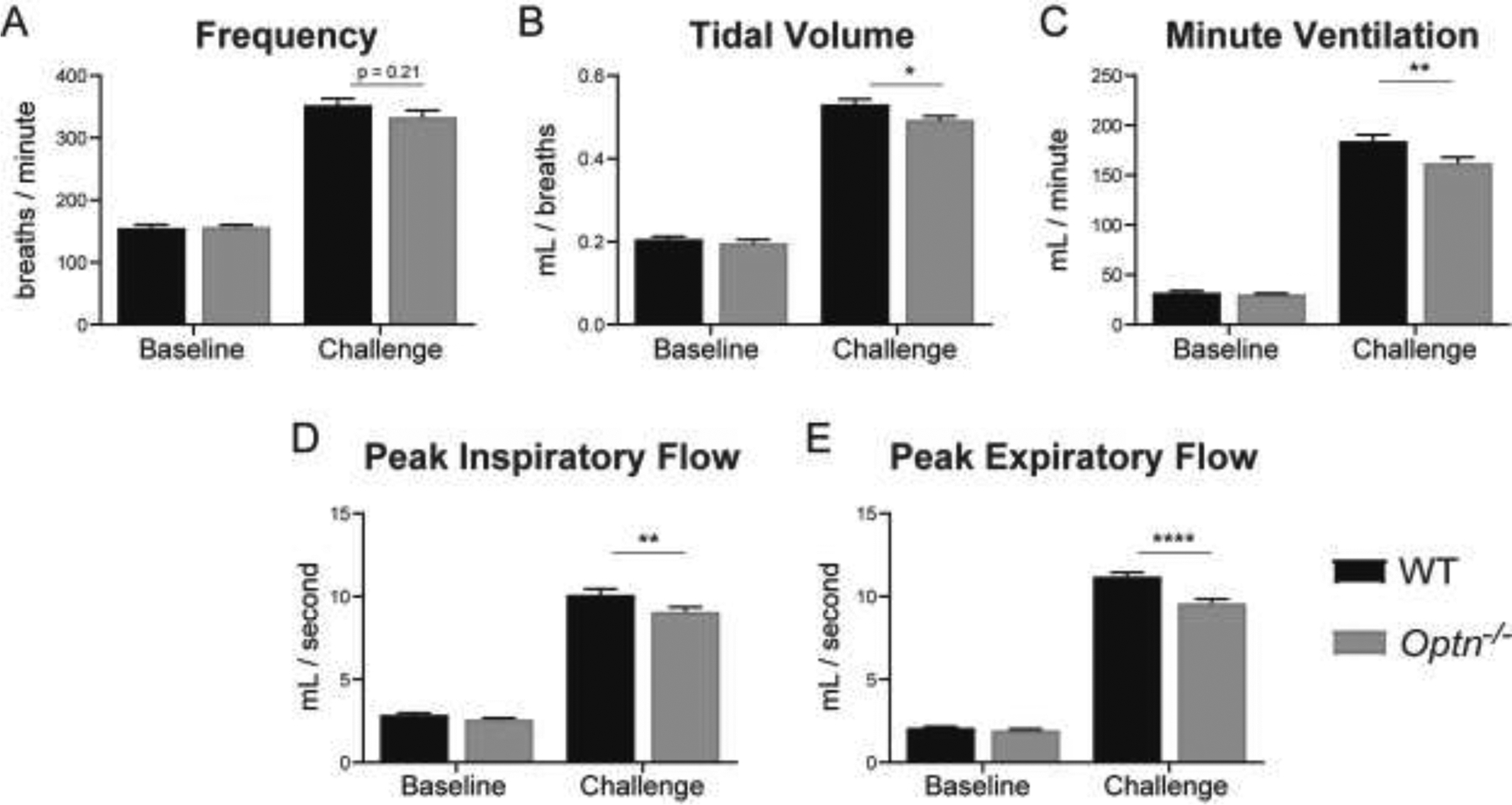FIGURE 2: Respiratory Deficits Persist Through 12 Months of Age in Optn−/− mice.

Measures of respiratory function – frequency (A), tidal volume (B), minute ventilation (C), peak inspiratory flow (D), peak expiratory flow (E) – evaluated under normoxia (FiO2: 0.21, N2 balance) (“Baseline”) and a maximal respiratory challenge with hypoxia + hypercapnia (FiCO2: 0.7, FiO2: 0.10, N2 balance) (“Challenge”). At 12 mo of age, Optn−/− mice still do not display respiratory insufficiency at baseline, but after a respiratory challenge have a decrease in tidal volume, minute ventilation, peak inspiratory flow and peak expiratory flow compared to WT controls. Frequency is no longer significantly different during the respiratory challenge at 12 mo of age. *p<0.05, **p<0.01, ***p<0.001, ****p<0.0001
